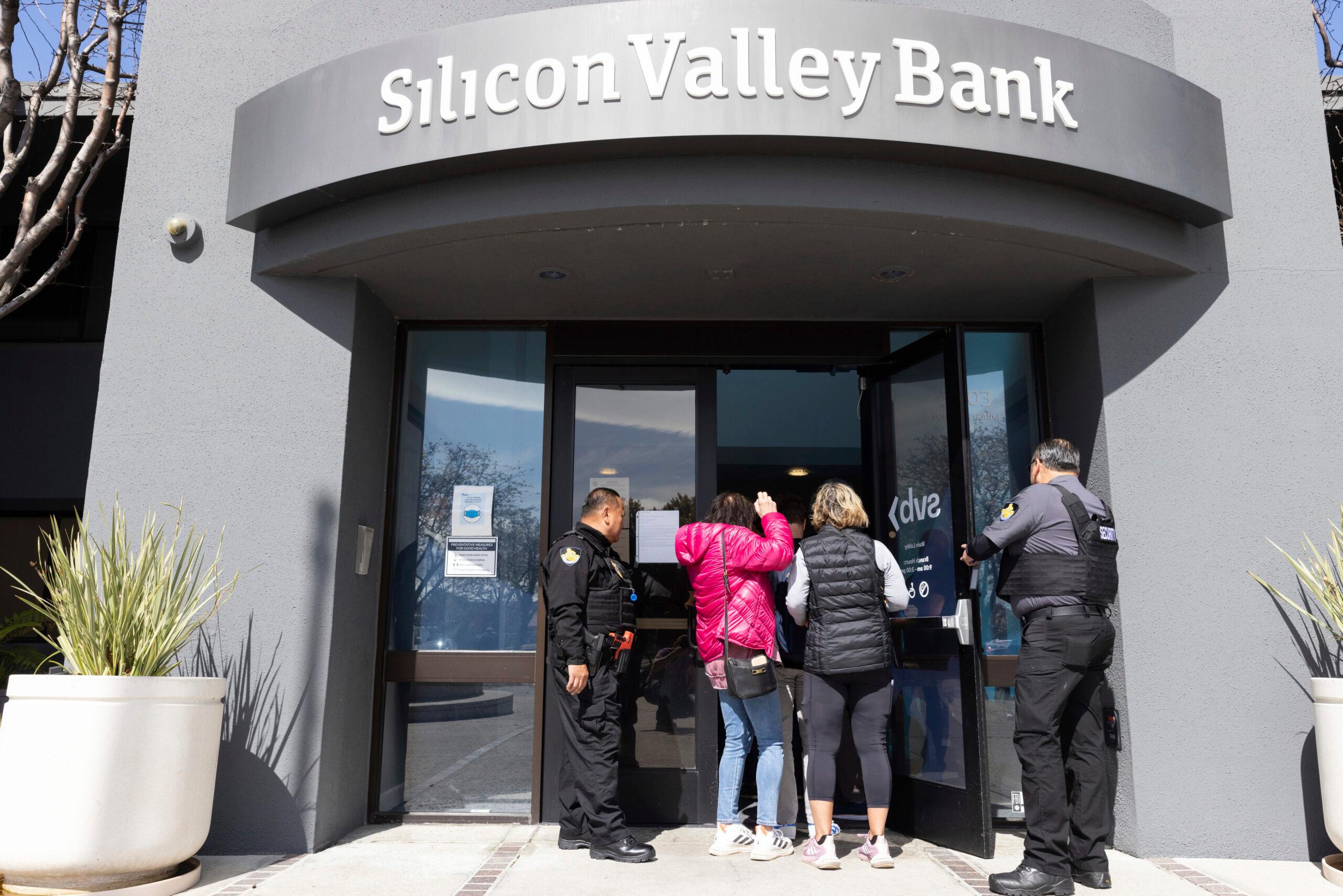
The financial world is being rocked by the rapid collapse of Silicon Valley Bank, a bank in California that catered to technology companies. The ensuing turmoil quickly enveloped another lender in New York. The bank failures are spurring volatility on Wall Street and leading people to question the safety of their own bank accounts closer to home. Here are a few things to keep in mind.
Is my cash safe in the bank?
All bank deposits up to $250,000 are insured by the Federal Deposit Insurance Corp. That means that no matter what happens to your bank, the government will pay all your money back as long as your balance doesn’t exceed $250,000. The FDIC is funded by fees the banks pay – not by taxpayers. Some lawmakers are calling for the FDIC to get rid of the cap and insure all deposits, but that hasn’t happened.
What actually happened at Silicon Valley Bank?
SVB was the bank for a lot of technology companies that kept cash there for things like payroll. That included some really big companies – like Roku and Etsy. Many of those accounts were too big to be fully covered by the FDIC. In fact, more than 90 percent of the deposits at the bank were not insured. When the bank announced it was taking a loss on some of its investments, depositors got nervous they wouldn’t be able to get their money back if things got worse. Everybody pulled their money out at once — essentially fulfilling that prophecy — and the bank collapsed. It was a classic bank run.
Could it happen to my local bank?
Most banks don’t have that many uninsured deposits. Also, most banks aren’t as heavily concentrated in a single industry. Take InBank. It’s a Colorado-based bank with locations in Colorado and New Mexico. Much of the bank’s business is in rural communities like Pueblo and Trinidad, according to CEO Ed Francis. Only about 30 percent of the bank’s deposits are uninsured, he said. InBank lends to businesses, from restaurant owners to manufacturers, as well as retail customers.
“In smaller communities, you don’t have these huge corporate entities… We’re making small business loans, we’re making loans to the local dentist and the local doctor. And so you’re not getting deposits from these Fortune 500 companies… You think about the folks that live there and the businesses that prosper there, they don’t reflect the same kind of businesses that you would find in large metro areas.”
How are Colorado’s banking regulators responding?
The Colorado Division of Banking and the Colorado Division of Financial Services supervise the state’s commercial banks and credit unions. In a joint statement, the regulators said Colorado’s state-chartered financial institutions are routinely monitored and in sound condition.
“They have diversified deposits, loans and investments,” according to the statement. “No Colorado state-chartered bank has significant concentrations in a single industry or economic sector.”
Earlier this week, the Colorado Bankers Association sought to reassure people that the troubles aren’t likely to impact regional banks here.
“Colorado banks maintain strong capital levels and record levels of loan loss reserves, allowing them to successfully absorb economic shocks,” the group said in a statement, noting that the SVB and Signature bank closures, “appear to be outliers and not reflective of the norm for banks across the United States and Colorado.”
Why is this happening now?
The big driver behind the shakeup in banking is rising interest rates. The Federal Reserve is trying to tame inflation by making it more expensive to borrow. Rapidly rising interest rates have ripple effects throughout the banking system. Companies that relied heavily on cheap money, like some of the early-stage technology companies that banked at SVB, are feeling the effects of higher interest rates first and most heavily. Those rising rates are also a drag on investments the banks made when interest rates were lower.
What happens next?
Federal regulators stepped in and created a backstop for SVB and for Signature Bank, the New York-based bank that failed. That means everybody will get all their money back. But now investors are nervous about other regional banks that could be in trouble, like First Republic Bank in California, which got a $30 billion bailout from the country’s biggest lenders, including JPMorgan Chase and Wells Fargo, among others. It’s important to note that those giant banks have enormous deposit bases and nobody is worried about them failing. These banking behemoths are where many people in Colorado keep their money.
The government also created an additional $25 billion backstop for banks that run into trouble.








